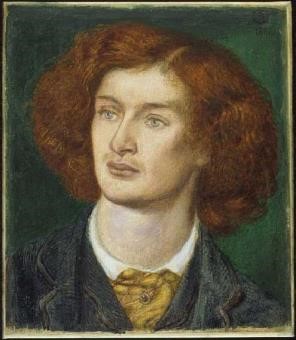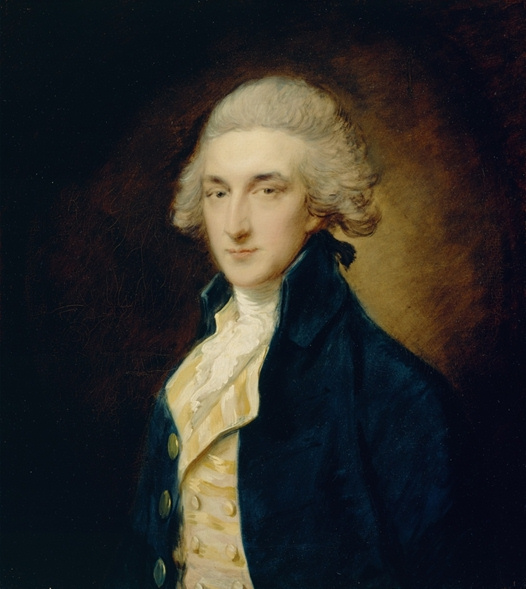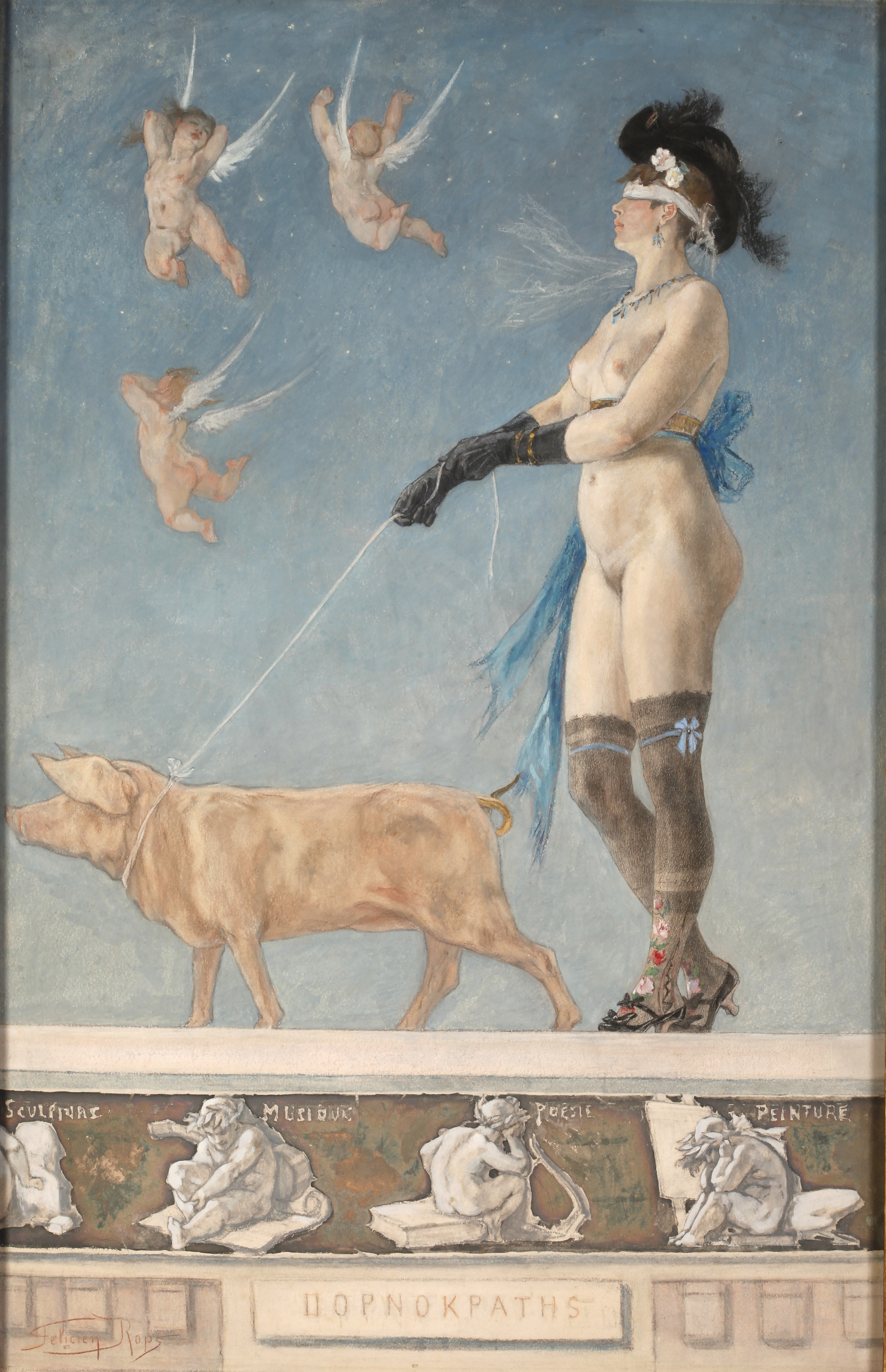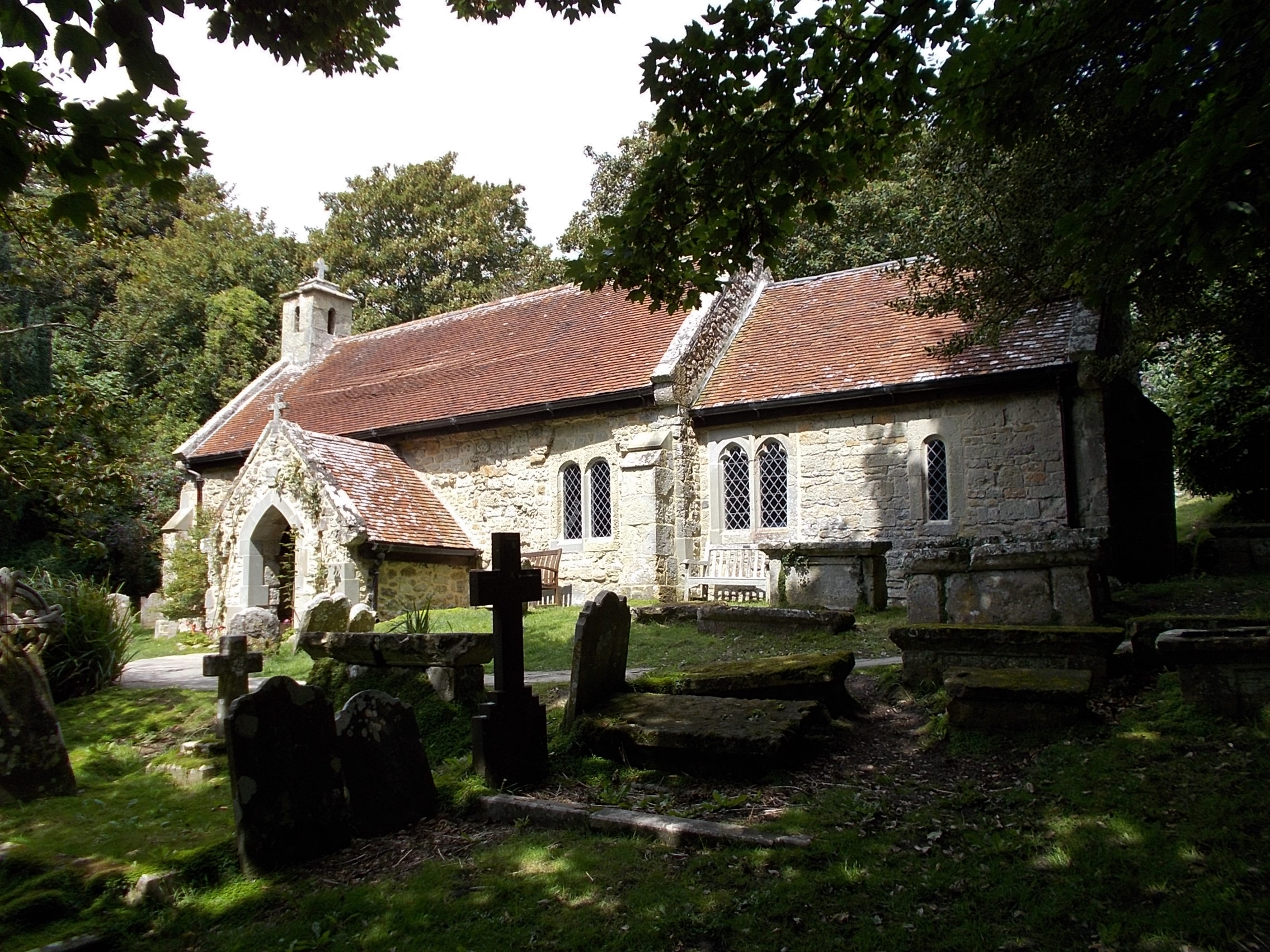|
Swinburne
Algernon Charles Swinburne (5 April 1837 – 10 April 1909) was an English poet, playwright, novelist, and critic. He wrote several novels and collections of poetry such as ''Poems and Ballads'', and contributed to the famous Eleventh Edition of the '' Encyclopædia Britannica''. Swinburne wrote about many taboo topics, such as lesbianism, sado-masochism, and anti-theism. His poems have many common motifs, such as the ocean, time, and death. Several historical people are featured in his poems, such as Sappho ("Sapphics"), Anactoria ("Anactoria"), and Catullus ("To Catullus"). Biography Swinburne was born at 7 Chester Street, Grosvenor Place, London, on 5 April 1837. He was the eldest of six children born to Captain (later Admiral) Charles Henry Swinburne (1797–1877) and Lady Jane Henrietta, daughter of the 3rd Earl of Ashburnham, a wealthy Northumbrian family. He grew up at East Dene in Bonchurch on the Isle of Wight. The Swinburnes also had a London home at Whiteha ... [...More Info...] [...Related Items...] OR: [Wikipedia] [Google] [Baidu] |
Poems And Ballads
''Poems and Ballads, First Series'' is the first collection of poems by Algernon Charles Swinburne, published in 1866. The book was instantly popular, and equally controversial. Swinburne wrote about many taboo topics, such as lesbianism, sado-masochism, and anti-theism. The poems have many common elements, such as the Ocean, Time, and Death. Several historical persons are mentioned in the poems, such as Sappho, Anactoria, Jesus ('' Galilaee'', La. "Galilean") and Catullus. Poems *A Ballad of Life *A Ballad of Death * Laus Veneris *Phædra * The Triumph of Time *Les Noyades *A Leave-Taking *Itylus * Anactoria *Hymn to Proserpine *Ilicet *Hermaphroditus *Fragoletta *Rondel *Satia te Sanguine *A Litany *A Lamentation *Anima Anceps *In the Orchard *A Match *Faustine *A Cameo *Song before Death *Rococo *Stage Love *The Leper *A Ballad of Burdens *Rondel *Before the Mirror *Erotion *In Memory of Walter Savage Landor *A Song in Time of Order. 1852 *A Song in Time of Revolution. 186 ... [...More Info...] [...Related Items...] OR: [Wikipedia] [Google] [Baidu] |
Sir John Swinburne, 6th Baronet
Sir John Swinburne, 6th Baronet (6 March 1762 – 26 September 1860) was an English politician and patron of the arts. Life He was born at Bordeaux. The Swinburne family of Capheaton Hall was traditionally Roman Catholic and Jacobite, but at age 25 Swinburne inherited the baronetcy and went into politics as a Protestant Whig. He became Member of Parliament for Launceston in 1788. There was a vacancy there, because the sitting MP George Rose had accepted an office under the Crown, and had to step down; Swinburne from 1786 had intended to stand for Northumberland, but Hugh Percy, 2nd Duke of Northumberland managed his selection for the Cornwall constituency. He went no further in Parliament, but remained a political leader in Northumberland, and an associate of Charles Grey who was elected for the constituency in 1786. Swinburne completed the work on the north front of Capheaton Hall envisaged by his father. It was carried out by William Newton. He was a Fellow of the Royal ... [...More Info...] [...Related Items...] OR: [Wikipedia] [Google] [Baidu] |
Decadent Movement
The Decadent movement (Fr. ''décadence'', “decay”) was a late-19th-century artistic and literary movement, centered in Western Europe, that followed an aesthetic ideology of excess and artificiality. The Decadent movement first flourished in France and then spread throughout Europe and to the United States. The movement was characterized by a belief in the superiority of human fantasy and aesthetic hedonism over logic and the natural world. Overview The concept of decadence dates from the 18th century, especially from the writings of Montesquieu, the Enlightenment philosopher who suggested that the decline ('' décadence'') of the Roman Empire was in large part due to its moral decay and loss of cultural standards. When Latin scholar Désiré Nisard turned toward French literature, he compared Victor Hugo and Romanticism in general to the Roman decadence, men sacrificing their craft and their cultural values for the sake of pleasure. The trends that he identified, ... [...More Info...] [...Related Items...] OR: [Wikipedia] [Google] [Baidu] |
Capheaton Hall
Capheaton Hall, near Wallington, Northumberland, is an English country house, the seat of the Swinburne Baronets and a childhood home of the poet Algernon Swinburne. It counts among the principal gentry seats of Northumberland. It is a Grade I listed building. The house, which was built for Sir John Swinburne, 1st Baronet in 1667-68Dated contract, noted in Colvin, sv. "Robert Trollope". by Robert Trollope of Newcastle, is a provincial essay in Baroque, of local stone with giant pilasters on high bases supporting sections of entablature dividing the main front into a wide central bay and flanking bays, under a sloping roof with vernacular flat-footed dormers. The estate was improved with a model farm in Gothic taste, designed by Daniel Garrett for Sir John Swinburne, ca 1746, one of the earliest examples of the Gothic Revival. The north front was rebuilt for Sir John Swinburne, 6th Baronet in 1789-90 by a local architect, William Newton. The house stands in rolling parkland ... [...More Info...] [...Related Items...] OR: [Wikipedia] [Google] [Baidu] |
Bonchurch
Bonchurch is a small village to the east of Ventnor, now largely connected to the latter by suburban development, on the southern part of the Isle of Wight, England. One of the oldest settlements on the Isle of Wight, it is situated on The Undercliff adjacent to the Bonchurch Landslips (or "The Landslip") Site of Special Scientific Interest. The main village is backed by a cliff to the north, with the Upper Bonchurch section on the clifftop halfway up St Boniface Down on the main A3055 road. Geography Bonchurch is situated on a stable section of former landslip, its main street (Bonchurch Village Road) running east–west in a valley sheltered to the north by cliffs, and to the south by The Mount, a ridge of slipped rock. Bonchurch Village Road has an adjacent landscaped pond, fed by a spring, on the site of former withy beds. The Shanklin-Ventnor route originally passed through Bonchurch, descending the cliff by the steep Bonchurch Shute; now it is bypassed by the clifftop A3 ... [...More Info...] [...Related Items...] OR: [Wikipedia] [Google] [Baidu] |
Northumberland
Northumberland () is a county in Northern England, one of two counties in England which border with Scotland. Notable landmarks in the county include Alnwick Castle, Bamburgh Castle, Hadrian's Wall and Hexham Abbey. It is bordered by land on three sides; by the Scottish Borders region to the north, County Durham and Tyne and Wear to the south, and Cumbria to the west. The fourth side is the North Sea, with a stretch of coastline to the east. A predominantly rural county with a landscape of moorland and farmland, a large area is part of Northumberland National Park. The area has been the site of a number of historic battles with Scotland. Name The name of Northumberland is recorded as ''norð hẏmbra land'' in the Anglo-Saxon Chronicle, meaning "the land north of the Humber". The name of the kingdom of ''Northumbria'' derives from the Old English meaning "the people or province north of the Humber", as opposed to the people south of the Humber Estuary. History ... [...More Info...] [...Related Items...] OR: [Wikipedia] [Google] [Baidu] |
Anactoria
Anactoria (or Anaktoria) is the name of a woman mentioned by poet Sappho as a lover of hers in Sappho's Fragment 16 (Lobel-Page edition often referred to by the title "To an Army Wife, in Sardis". Sappho 31 is traditionally called the "Ode to Anactoria", though no name appears in it (A. C. Swinburne, quoted in Lipking 1988 wrote a long poem in '''' titled ''Anactoria'', in which Sappho addresses Anactoria in a long monologue written in pentameter with rhyming couplets. The poem created a sensation amongst contemporary readers by openly approaching hitherto ... [...More Info...] [...Related Items...] OR: [Wikipedia] [Google] [Baidu] |
Pauline, Lady Trevelyan
Pauline, Lady Trevelyan (''née'' Paulina Jermyn; Trevelyan, Raleigh (1978); ''A Pre-Raphaelite Circle'', p.7; Chatto & Windus, London; 1st edition. 25 January 1816, Hawkedon, Suffolk13 May 1866, Neuchâtel, Switzerland) was an English painter, noted for single-handedly making Wallington Hall in Northumberland a centre of High Victorian cultural life, and for enchanting by her intellect and art John Ruskin, Swinburne, Elizabeth Barrett Browning, Robert Browning, Christina Rossetti, Dante Gabriel Rossetti, William Michael Rossetti, Thomas Carlyle, John Everett Millais, and other members of the Pre-Raphaelite Brotherhood. She was married in May 1835 to Sir Walter Calverley Trevelyan, 6th Baronet. Background Paulina (known as Pauline) Jermyn was the eldest child of George Bitton Jermyn (1789–1857), of Hawkedon Parsonage, who, to ensure the Jermyn surname survived, added it as her second Christian name. Her mother was of Huguenot descendancy. The marriage between artist Pauline ... [...More Info...] [...Related Items...] OR: [Wikipedia] [Google] [Baidu] |
George Ashburnham, 3rd Earl Of Ashburnham
George Ashburnham, 3rd Earl of Ashburnham, KG, GCH, FSA (25 December 1760 – 27 October 1830) was a British peer. He was the son of the 2nd Earl of Ashburnham and the former Elizabeth Crowley, being styled Viscount St Asaph from birth, and was baptised on 29 January 1761 at St George's, Hanover Square, London, with King George III, the Duke of Newcastle and the Dowager Princess of Wales as his godparents. In 1780, Lord St Asaph graduated from Trinity College, Cambridge, with a Master of Arts degree. He married, firstly, Sophia Thynne (19 December 1763 – 9 April 1791), daughter of the 3rd Viscount Weymouth (later the 1st Marquess of Bath), on 28 August 1784. They had four children: *George Ashburnham, Viscount St Asaph (8 October 1785 – 7 June 1813) *Lady Elizabeth Sophia Ashburnham (16 September 1786 – 13 March 1879) *Sophia Ashburnham (29 January 1788 – 17 June 1807) *Ensign John Ashburnham (3 June 1789 – 1810) (served in the Coldstre ... [...More Info...] [...Related Items...] OR: [Wikipedia] [Google] [Baidu] |
Isle Of Wight
The Isle of Wight ( ) is a county in the English Channel, off the coast of Hampshire, from which it is separated by the Solent. It is the largest and second-most populous island of England. Referred to as 'The Island' by residents, the Isle of Wight has resorts that have been popular holiday destinations since Victorian times. It is known for its mild climate, coastal scenery, and verdant landscape of fields, downland and chines. The island is historically part of Hampshire, and is designated a UNESCO Biosphere Reserve. The island has been home to the poets Algernon Charles Swinburne and Alfred, Lord Tennyson. Queen Victoria built her summer residence and final home, Osborne House at East Cowes, on the Isle. It has a maritime and industrial tradition of boat-building, sail-making, the manufacture of flying boats, hovercraft, and Britain's space rockets. The island hosts annual music festivals, including the Isle of Wight Festival, which in 1970 was the largest ... [...More Info...] [...Related Items...] OR: [Wikipedia] [Google] [Baidu] |
Rustication (academia)
Rustication is a term used at Oxford, Cambridge and Durham Universities to mean being suspended or expelled temporarily, or, in more recent times, to leave temporarily for welfare or health reasons. The term derives from the Latin word ''rus'', countryside, to indicate that a student has been sent back to his or her family in the country, or from medieval Latin ''rustici'', meaning "heathens or barbarians" (''missus in rusticos'', "sent among ..."). Depending on the conditions given, a student who has been rusticated may not be allowed to enter any of the university buildings, or even travel to within a certain distance of them. The related term '' bannimus'' implies a permanent, publicly announced expulsion. The term is still used in British public schools (i.e., private schools), and was used in the United States during the 19th century, although it has been superseded by the term " suspension". Use in the United Kingdom Notable Britons who were rusticated during their time ... [...More Info...] [...Related Items...] OR: [Wikipedia] [Google] [Baidu] |
Sappho
Sappho (; el, Σαπφώ ''Sapphō'' ; Aeolic Greek ''Psápphō''; c. 630 – c. 570 BC) was an Archaic Greek poet from Eresos or Mytilene on the island of Lesbos. Sappho is known for her Greek lyric, lyric poetry, written to be sung while accompanied by music. In ancient times, Sappho was widely regarded as one of the greatest lyric poets and was given names such as the "Tenth Muse" and "The Poetess". Most of Poetry of Sappho, Sappho's poetry is now lost, and what is extant has mostly survived in fragmentary form; only the "Ode to Aphrodite" is certainly complete. As well as lyric poetry, ancient commentators claimed that Sappho wrote elegiac and iambic poetry. Three epigrams attributed to Sappho are extant, but these are actually Hellenistic imitations of Sappho's style. Little is known of Sappho's life. She was from a wealthy family from Lesbos, though her parents' names are uncertain. Ancient sources say that she had three brothers; Charaxos (Χάραξος), Larichos ( ... [...More Info...] [...Related Items...] OR: [Wikipedia] [Google] [Baidu] |






